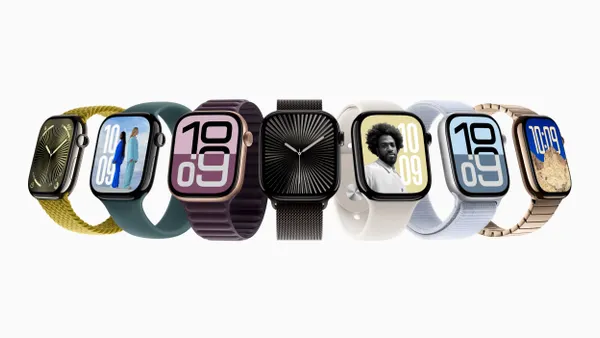Dive Brief:
-
An independent report commissioned by Philips painted a mixed picture of the global adoption of telehealth services, or the remote provision of healthcare through telecommunications networks.
-
The report identified examples of telehealth improving care and lowering costs, particularly in radiology and pathology, but found policy, cultural, reimbursement and technological issues are limiting uptake.
-
Remote care is yet to go mainstream, though. One study found 39% of radiologists use connected care technologies. As radiology is among the more mature uses of telehealth, the finding shows the potential for further growth of the sector.
Dive Insight:
Advocates of telehealth see the model as a way to expand access to care, improve outcomes and lower costs. That mooted mix of benefits is a potent brew for healthcare systems, many of which are grappling with how to meet the needs of aging populations while keeping spending under control.
Telehealth has been around long enough for case studies validating its potential to exist. A telehealth service set up in Western Australia in 2012 to extend emergency care to remote parts of the vast, sparsely-populated state has handled around 60,000 cases. The service enables facilities that handle relatively few emergency cases to access specialists based in urban areas.
The authors of the Philips report think several barriers need to come down if the sector is to realize that potential. One big barrier is reimbursement. For example, U.S. federal law prohibits Medicare payments to physicians based overseas, limiting healthcare providers' ability to outsource radiology image interpretation to remote experts.
Research suggests coverage of telehealth services is improving and the report identifies changes that will accelerate the process. The authors think reimbursement models need to continue moving from volume to value, and that major payers should take the lead in overhauling payment frameworks.
In isolation, even the efforts of payers in single-payer systems may be insufficient as reimbursement is far from the only barrier to telehealth. Many of the geographic regions that stand to benefit most from telehealth lack access to the internet required to provide the service. In the rural United States, 53% of residents live without high-speed broadband, the report said. FCC floated a telehealth pilot earlier this year to address that service gap.
The Philips report comes the same day CMS submitted a report on the status of Medicare telehealth services to Congress.
Telehealth adoption lags behind Americans' use of other digital health tools. While 90% of Americans use at least one digital health tool, 77% of respondents said that they still prefer in-person care to virtual care.











